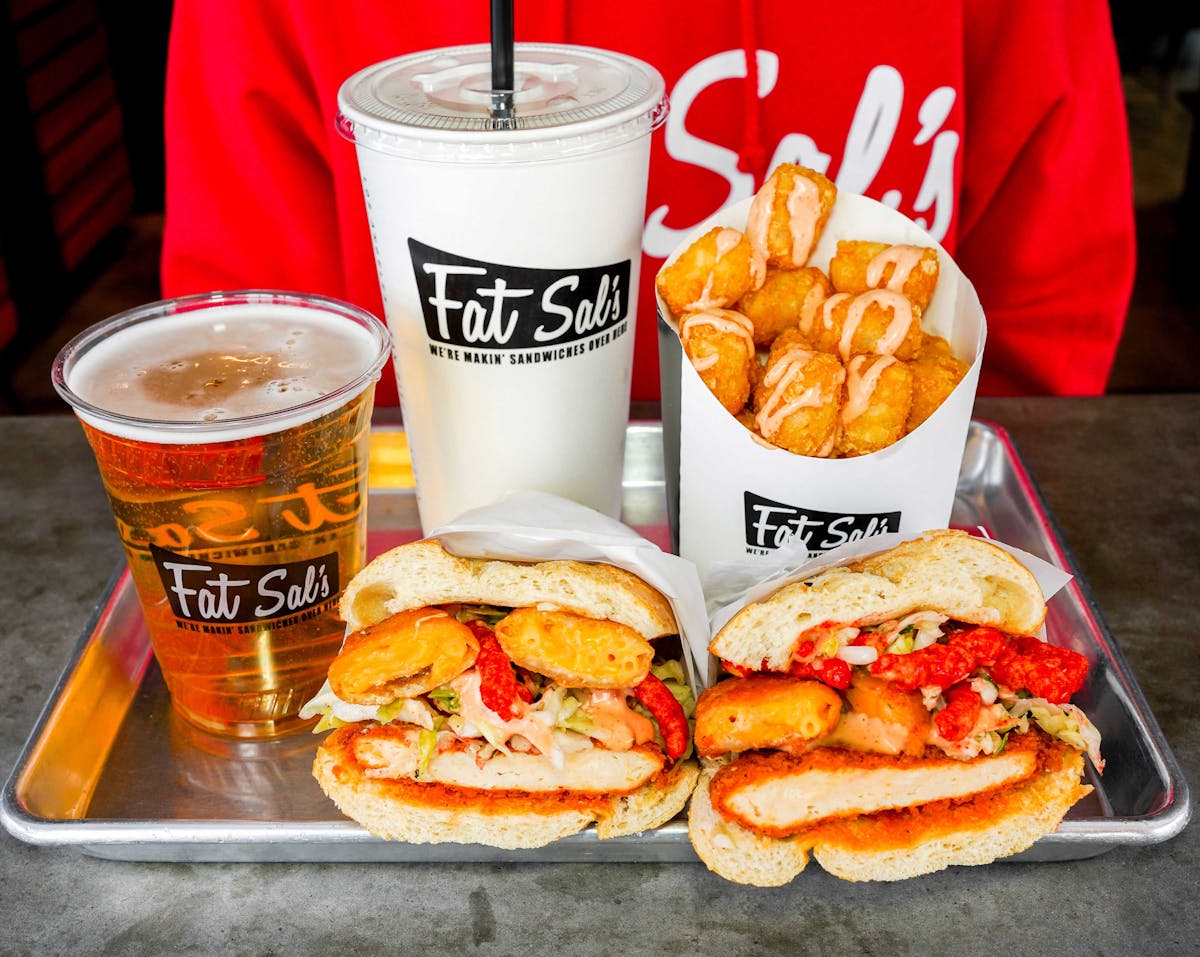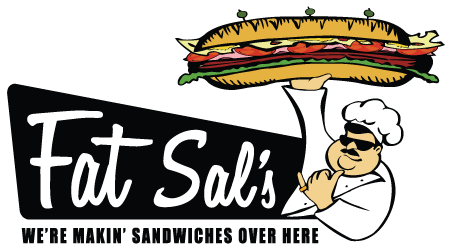The Rise of Comfort Food: Why We Crave It and Where to Find It

Comfort food transcends all culinary rules – the only rule is that when you eat it, you should feel good. A quick Google search for the term reveals photos of cheese-laden casseroles, brothy soups, and hearty dishes in cast iron pans. No culture can lay claim to the concept, but every culture and family proudly has its own version, from dumplings to risotto.
We crave comfort food in moments of stress and on challenging days because it reminds us of better times, like ice cream after school or being fed mom’s homemade soup recipe on a rainy day. From our pantries to fine dining restaurants, comfort food is a powerful way to evoke good feelings.
Where to Find Comfort Food
From Home Kitchens
The best part about comfort food is that it typically isn’t fancy, and doesn’t involve a long list of ingredients. Often, you may not even need a recipe – some of our favorites come pre-made, with just a bit of water or heat needed.
Here are some popular comfort foods eaten at home:
- Grilled cheese
- Quesadilla
- Instant ramen
- Soup
- Pasta
- Mashed potato
- Cookies, cake, and ice cream
- Hot chocolate
These are US-centric comfort foods; in Mexico, you’ll find tamales and pozole. In China, congee provides warmth and comfort, and Italy’s lasagna is sure to make you feel better on a hard day. Feel-good food is found in every corner of the world.
For delivery
We often think of comfort food as something eaten inside the home, sitting on the couch in PJs with our favorite movie on. When we don’t feel like cooking, many of our favorite comfort foods can be ordered from a restaurant – pizza, Chinese noodles, burgers, and burritos. Comfort food is the top category for to-go orders; according to Doordash, the top three most popular foods ordered from the app are french fries, mozzarella sticks, and chicken quesadillas.
To Restaurants & High-End Dining
The restaurant industry knows we crave comfort food, and it can be challenging to get diners off the couch and into an establishment. The trick to appealing to customers is elevating comfort food with a restaurant-quality spin, like:
- Adding high-end ingredients to mac & cheese, such as lobster or truffle
- Wood-fired pizza with gourmet ingredients
- Thick hand-cut fries, but with creative dipping sauces like infused aiolis
Comfort Food Trends in 2025
During the 2020 pandemic, it’s no surprise that there was a huge spike in the popularity of comfort food. People were learning to bake, choosing to cook nostalgic food recipes, and ordering classic comfort foods to be delivered.
The pandemic was a universally stressful time, and it’s natural to turn toward familiar and comforting foods in times of stress. While we are currently not in a pandemic, we still live in a world with plenty of potential stressors. With a recent election stateside, alongside war and political unrest throughout the world, it’s understandable to crave comfort food after flicking on the news.
In 2025, food, dining out, and grocery shopping still feel expensive due to inflation. Comfort foods like instant ramen and potato-based dishes are very affordable, providing consumers with a way to feel satisfied while saving money. Even more involved homemade dishes, like mac and cheese or other pasta dishes, still cost less than eating out, providing a cost-effective choice to satisfy a craving.
Why is Comfort Food So Appealing?
Nostalgia
Comfort foods are often associated with childhood, family traditions, holidays, or fond memories, making them deeply nostalgic. Eating them can bring a sense of familiarity and warmth, especially during times of stress, physical sickness, homesickness, and loneliness.
Neurotransmitters
Comfort foods are powerful: They can activate the brain’s reward system, releasing dopamine, the "feel-good" neurotransmitter. This makes people associate these particular foods with happiness, comfort, and relief.
Carb Comfort
A common theme amongst comfort foods is being high in carbohydrates, fat, or sugar. Cortisol, a hormone, is released when you are stressed and it increases cravings for foods high in fat, carbs, and sugar. These foods provide quick energy and a temporary feeling of comfort.
In particular, carbohydrates help the body produce serotonin, a neurotransmitter that enhances mood and promotes relaxation.
Comfort food is here to stay
A bowl of chicken noodle soup can soothe the soul, and a generous bowl of ice cream can melt away an emotional day. The connection between food and emotion is strong, and comfort foods are the ones with the most powerful pull. No matter the culture or country, or what food trends are current, comfort food will always be relevant, providing warmth, nostalgia, and security.
